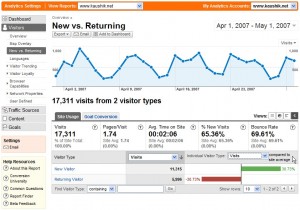As the online marketing gurus implore us to put more time, effort, and money into marketing via websites, blogs, ad words, and social media, we sometimes lose sight of the value of face-to-face networking for building our businesses.
There are even more opportunities to meet other business people now than before online networking existed, but you have to take the leap from online to offline marketing. Social media can be a valuable tool for establishing initial contacts with people whose talents and interests match your needs or your clients’ needs, but its relationship building value is easily overestimated.
How efficient is social media in establishing real relationships? The core of any marketing effort is a plan to build trust, and the most effective way to build rapport is through a handshake and eye contact. Social media is, ironically, inherently not social. It puts us behind a computer screen, and away from human contact.
Let us get together, away from the screen. It could be breakfast or lunch, an after-hours mixer, an open house, a business leads meeting, or any number of venues. You can learn more about a person in a five-minute conversation than they would ever post on a social media profile. If you have not already made in-person networking a core part of your marketing plan, you will be amazed at how productive and fun these meetings are.
Groups on social media sites like Facebook, LinkedIn, and Meetup, are facilitating an increasing number of face-to-face meetings in groups as diverse as you could imagine. While there are literally hundreds of them, the good news is that they are searchable, so you can find the right groups for you.
What kinds of groups and meetings do you find most valuable? How do you make time for face time? Where do you find the groups that you attend and people you meet? Please post your comments and share what works for you.
If you would like more information about groups that might be of interest to you, please let me know. I will point you in the right direction.
Thanks for reading, and thanks in advance for your comments.



